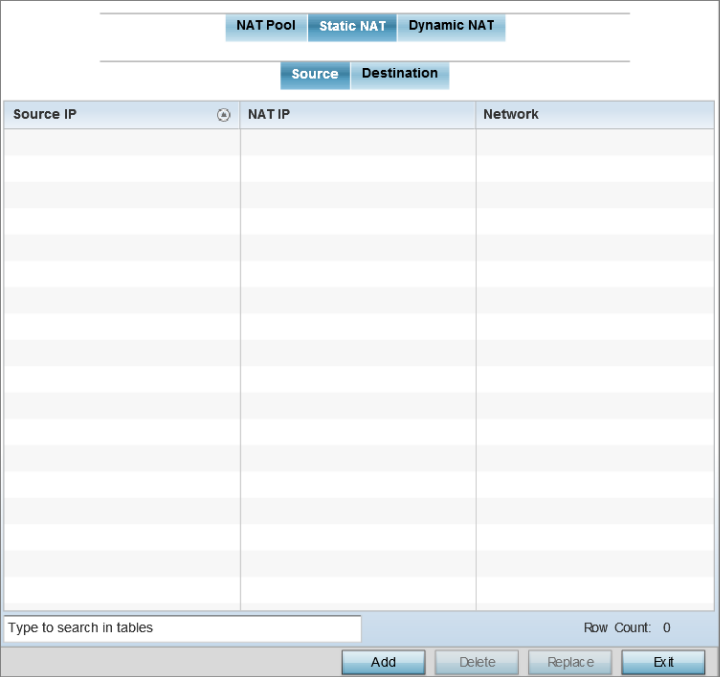Static NAT Source Configuration
About this task
Static NAT creates a permanent, one-to-one mapping between an address on an internal network and a perimeter or external network. To share a web server on a perimeter interface with the internet, use static address translation to map the actual address to a registered IP address. Static address translation hides the actual address of the server from users on insecure interfaces. Casual access by unauthorized users becomes much more difficult. Static NAT requires a dedicated address on the outside network for each host.
To add or edit a Static NAT source configuration:




